Antec, Corsair & DFI Updates
Antec, Corsair & DFI Updates
|
|
Oh, what a dreary day it was in Vegas? Snow, rain, wind, lots and lots of people. Lucky for me I spent most of my day at the incredibly beautiful Bellagio taking in the exciting new products being released by Corsair, Antec, and DFI.
I spent almost two full hours pestering Scott Richards, Worldwide Vice President of Sales and Marketing for Antec, about their upcoming product releases, and left extremely impressed by Antec’s new line of products and plans for 2005. Without going into a lot of details until I receive some review samples, I will say that more than a few things had me pretty excited.
|
|
|
First, after the success of the NEOPower 480, Antec does plan to release a wider variety of modular PSUs (which I see as the future in the power supply category). I thought very highly last month, as did Maximum PC and others this month, of Antec’s NEOPower 480. I also think the newest member of their PSU family, the Phantom 500, will prove extremely popular, especially for people looking for high end performance while enjoying a completely quiet system. Based on the same technology as the Phantom 350, the 500 has dual 12V rails and uses a unique fan system which only activates when needed to internally cool the PSU, a very nice balance of performance and silence.
As to enclosures, I personally use an Antec Sonata, so I was eager to check out the new Sonata II. Han Liu’s development team took an already great case and improved existing features like the case door (which opens completely, preventing it from breaking or getting in the way) and widening the front intake slots to allow better air flow. But the main improvement to the case was something special. Antec chose to section off the case to improve the air flow and designed a very customizable cooling apparatus (similar to Kool Solutions Chill Vent) to direct cooler external air to where it’s needed most, the CPU and VGA slots. Externally the Sonata II retains the same great look as its predecessor. Funny how a few seemingly subtle changes can vastly improve performance while maintaining great aesthetics.
|
|
|
But even the great Sonata II paled in comparison to what came next….. The Antec Performance P180. This, without a doubt, is Antec’s flagship case for the foreseeable future. Built within a steel frame and three layer paneling (aluminum/plastic/aluminum to dampen noise) the P-180 brings together incredible features that had me drooling more than the drink servers downstairs. Look at some of these features:
- Power Supply – Resides in the bottom of the case in its own chamber. This isolates heat and noise from the rest of the system, and allows the PSU to remain cooler by having its own air flow.
- Unique Upper and Lower Chambers – Each major component system has its own section, and therefore its own airflow. by doing this, each section draws it own cool external air.
- Cooling System – One rear mounted 120mm fan, one top mounted 120mm Tri-cool fan (more on that in a minute) and another 120x38mm fan in the lower section to cool the PSU and lower HDD bays. Antec also allows for an optional 120mm front intake fan, as well as a 92mm fan for the duct over the CPU and an 80mm fan for the graphics card.
This incredible looking case also includes 11 drive bays, with the HDD bays easily removed via a simple ring assembly that pulls the removable trays out. The P180 includes the fairly standard assortment of USB, 1394, and audio jacks on the front next to the magnetically secured front bezel. If you do buy this case (and why wouldn’t you?) Antec strongly recommends consumers using either the Antec NEOPower 480 or Phantom 550 PSUs.
My only concern was the Tri-cool fan Antec chose to include in both the Sonata II and the P180, a variable speed 120 mm fan. While I appreciate the fact that the fans are controllable and have multiple settings, it made little sense to me using these as internally mounted fans. First, 120mm fans are pretty quiet to begin with. Second, even if you do feel the need to adjust the fans speed, every motherboard I’ve used allows for fans to be controlled through BIOS settings. Lastly, there is a plethora of fan controllers on the market which allow fan speed to be adjusted with a simple switch or button, with the Tri-Cool you must remove the side panel to switch fan speeds. All in all, that’s a minor gripe, and one seriously overshadowed by some very promising hardware coming soon to retailers near you. Trust me, you are going to want to start saving up for the Sonata II or the P180 (Case of the Year, I’m calling it now, in January).
Nate already did a fabulous write up on Corsair’s new XPert memory line, just color me less than impressed. While it has the bling bling going for it, that alone doesn’t justify the $30-50 more you’ll pay for the same performance as the pro series.
|
|
|
Something I was impressed with was Corsair’s new water cooling system. This quite literally takes up less room than some air cooled solutions I’ve seen lately. A single 5.25 drive bay reservoir, 1/4 in tubing, an externally mounted 120mm fan and radiator, all very nice looking, all very quiet, and almost all Swiftech. Until I actually have one and run it through its paces, I reserve judgment, but simply based on looks, overall room, and how quiet it was, I was very impressed by this very compact internal cooling system. One thing I asked about and was surprised to see, or not see given the Swiftech components, was the lack of the quick connect system that Swiftech is known for. Instead, Corsair chose what looks to be permanently affixed metal bands around the tubing where it connects to the heat sink. Another thing that caught my eye was the incredibly small and quiet 12V pump running the unit.
|
|
After going over the Corsair system with Joe James, I got to visit with Vivian Lien from DFI. First Vivian showed us DFI’s two newest boards, the DFI LANPartyUT NF4 Ultra D and the DFI Lan Party NF4 SLI-DR, both in the socket 939 and both based on the NVidia nForce 4 chipset. Typical DFI looks with the black PCB and neon connectors as well as probably the finest package available on the market. I have to say I am extremely impressed by what DFI has accomplished over the past year since their 875 Pro Rev. B for the socket 478 hit the market. DFI is fast becoming a major force in the enthusiast motherboard market. I’m not sure what more I can say until I actually have one or both of these boards on the bench, but judging from DFI’s philosophy of not being the first on the market, but being the best, I expect a lot from these two boards. Here is DFI’s press release regarding their new product launch.
Two other boards that deserve mention are DFI’s 925X-T2 board and the one I’ve waited on for quite sometime, their 939 N-Force 3 Ultra board, both of which should hit the market sometime during the first quarter. If you are looking for a high quality motherboard package at a reasonable price, I recommend you check out DFI’s LANParty or LANPartyUT Series.
That is it for what I saw from these companies. The show floor had many new products worthy of talking about, but I’ll save that for later!


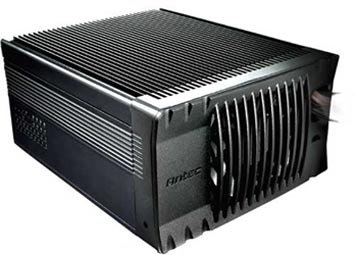
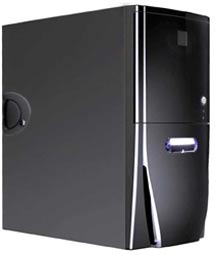
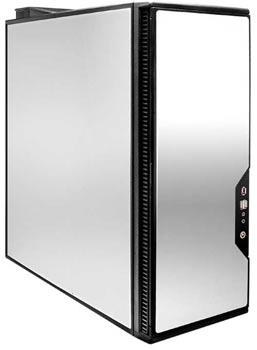
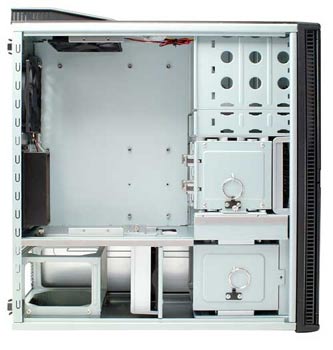
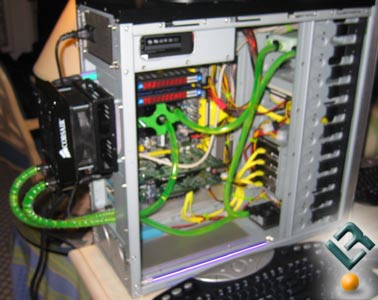

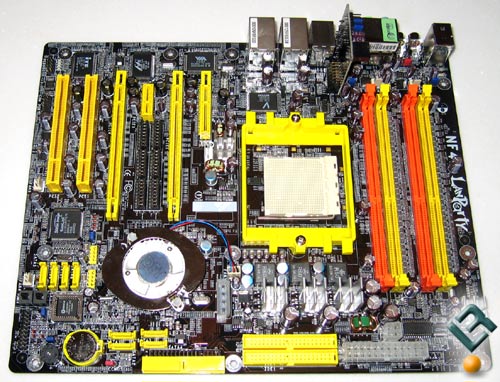
Comments are closed.